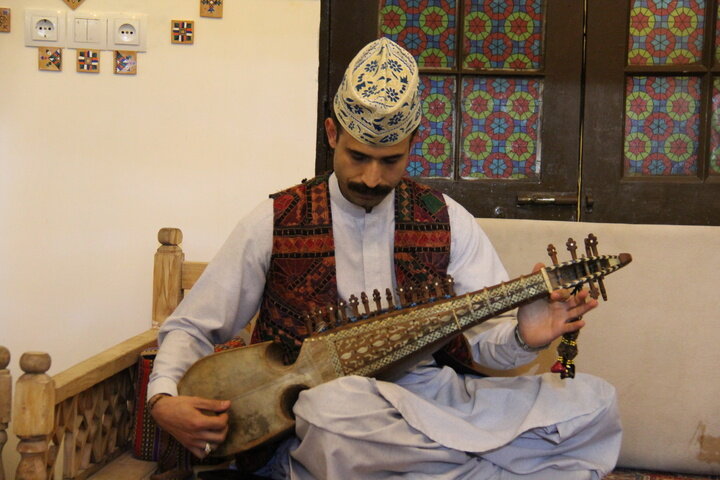UNESCO-registered Rabab instrument rooted in Eastern Iran’s Sistan-Baluchestan, official says

TEHRAN — The head of the Department for Intangible Cultural Heritage at the Ministry of Cultural Heritage, Tourism, and Handicrafts, Alireza Izadi, has emphasized that the Rabab, a traditional musical instrument, has ancient and valuable roots in the eastern part of Iran, particularly in Sistan-Baluchestan province.
Speaking at a recent event, Izadi highlighted the upcoming National Council for Intangible Heritage registration meeting, which will be hosted by the Ministry’s Sistan-Baluchestan branch in Chabahar. He praised the efforts of local officials in organizing the event.
One of the main objectives of the gathering, he explained, was to celebrate and unveil UNESCO’s certificate of recognition for the Rabab, which was officially recognized as an Intangible Cultural Heritage element in a session held in Paraguay earlier this year.
The Rabab, with its deep cultural significance, has long been a vital part of the region’s heritage. According to Izadi, its rich history can be traced back to the Sistan-Baluchestan province and the Baluch ethnic community, which has preserved the instrument’s unique craft and performance methods over generations.
The inclusion of the Rabab on the UNESCO list was a joint effort between Iran, Afghanistan, Tajikistan, and Uzbekistan as the two nations share a common tradition in the instrument’s construction and playing techniques.
Izadi noted that the recognition of the Rabab as a world heritage element not only highlights the region’s rich musical traditions but also serves as a reminder of the importance of preserving such cultural treasures. He emphasized the role of cultural heritage in promoting tourism and spreading the deep-rooted values and ancient music of Sistan-Baluchestan to the world.
Known for its deep, resonant tones, the Rabab is commonly played during significant events such as weddings, funerals, social gatherings, and ritual healings. It also plays a prominent role in orchestral and contemporary music, often featured in multinational ensembles.
The UN cultural body also praised the art of crafting and playing the Rabab for its role in fostering cultural and social cohesion across borders, particularly within migrant communities. “The Rabab has been a bridge for cultural exchanges and solidarity, linking traditions across borders,” stated UNESCO.
The Rabab’s craft involves a combination of carpentry, woodcarving, marquetry, and inlay work, typically passed down through generations as a family tradition. The craft is predominantly male, while playing the instrument is open to people of all genders, ages, and ethnicities. The Rabab is also deeply woven into the fabric of local literature, with many poems and myths associated with it, often shared by elders during community gatherings.
The Rabab’s influence extends beyond the region as well. It is believed to have reached Europe through two main routes: a pear-shaped variety adopted in the Byzantine Empire in the 9th century, which evolved into the medieval lira, and a boat-shaped variety brought to Spain by the Arabs in the 11th century, which influenced the rebec in Europe.
AM
Leave a Comment